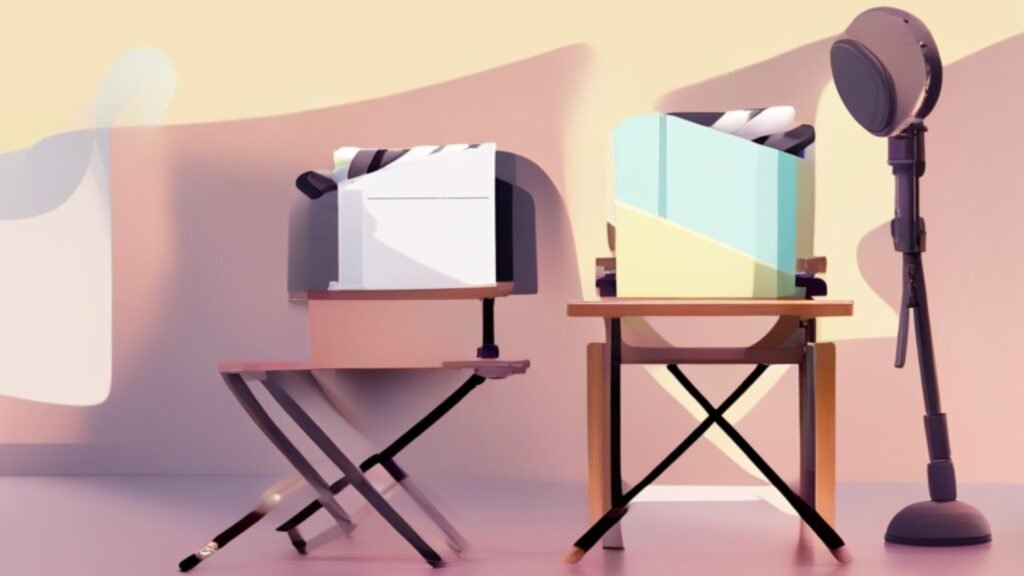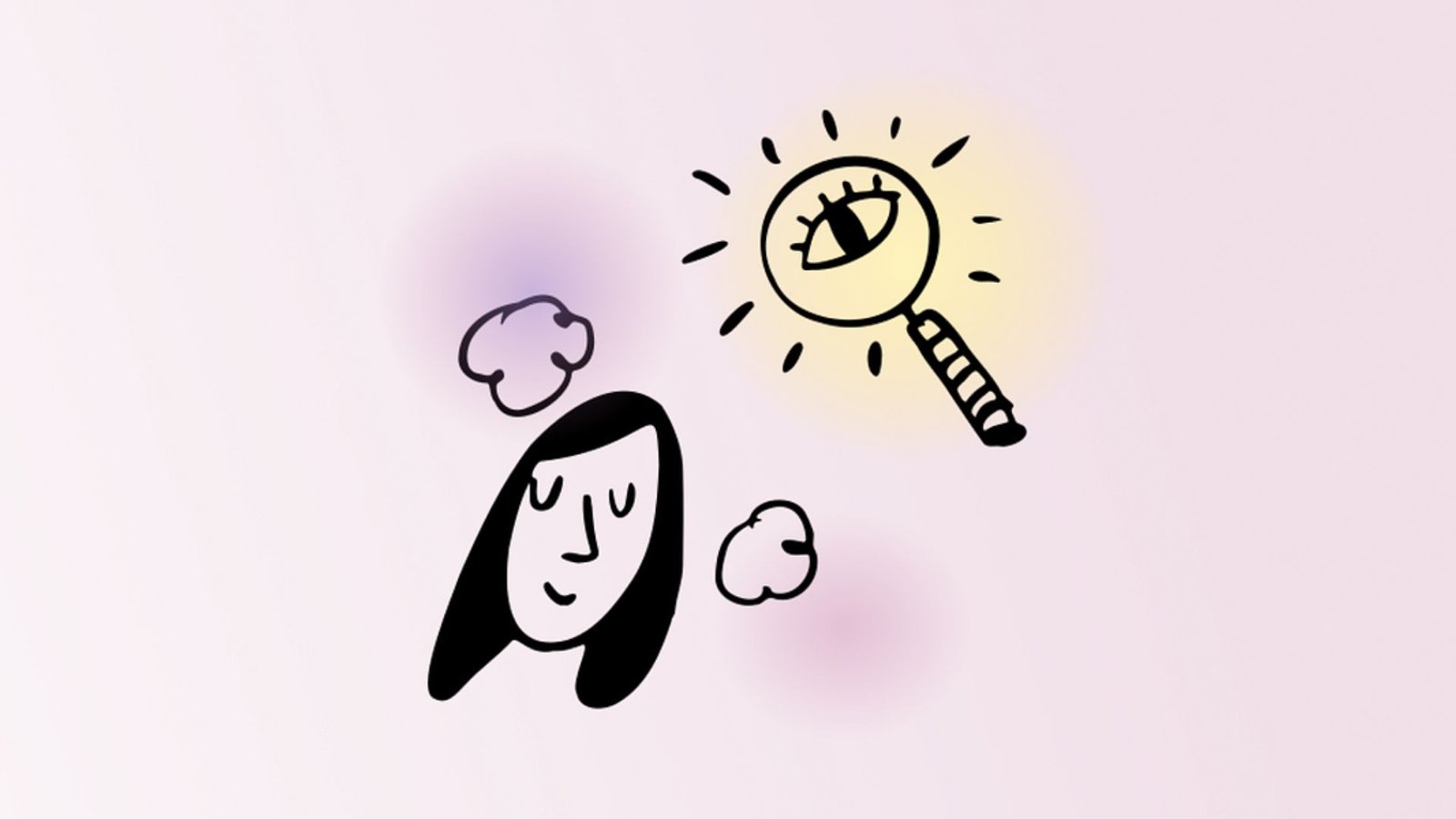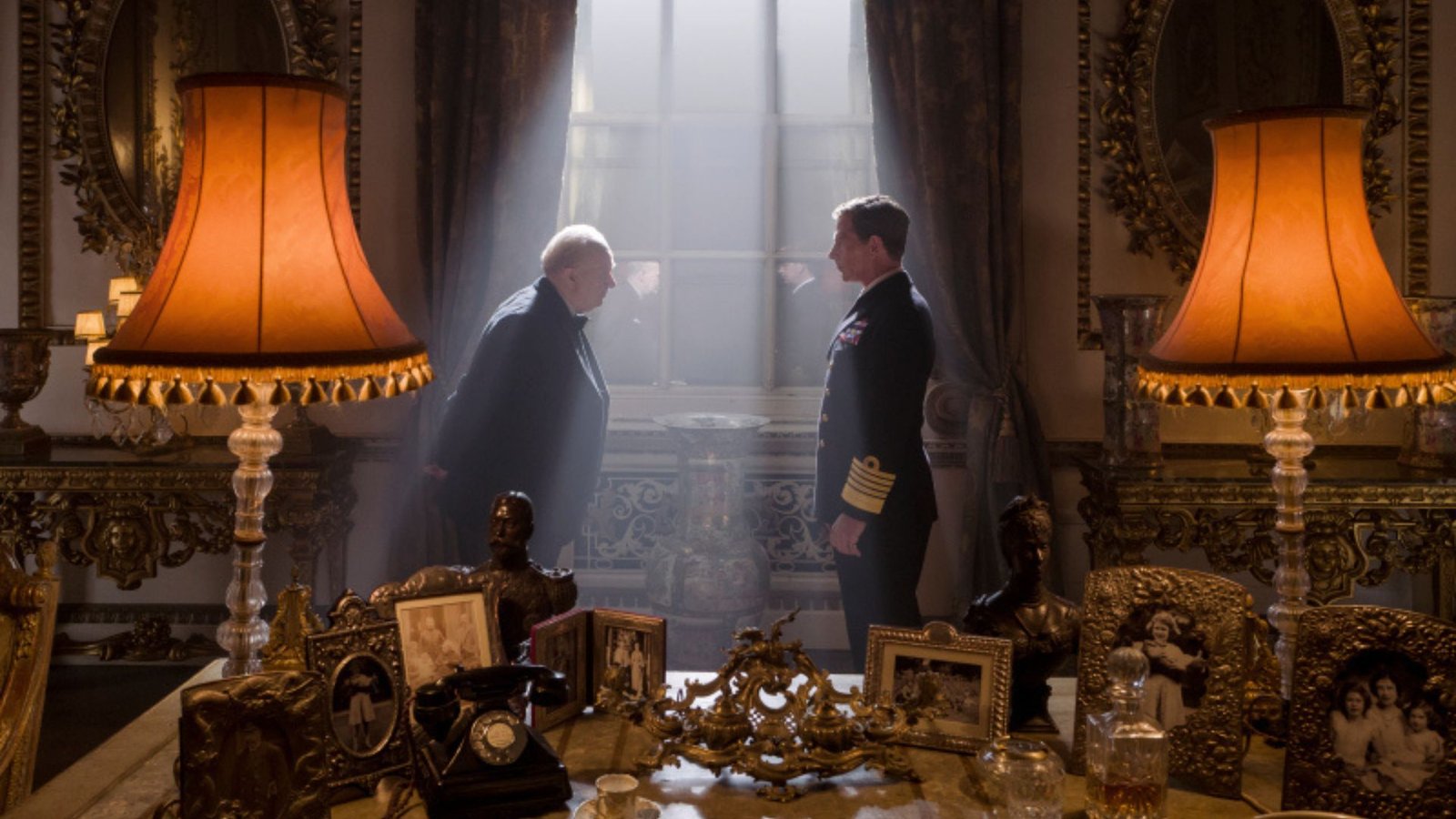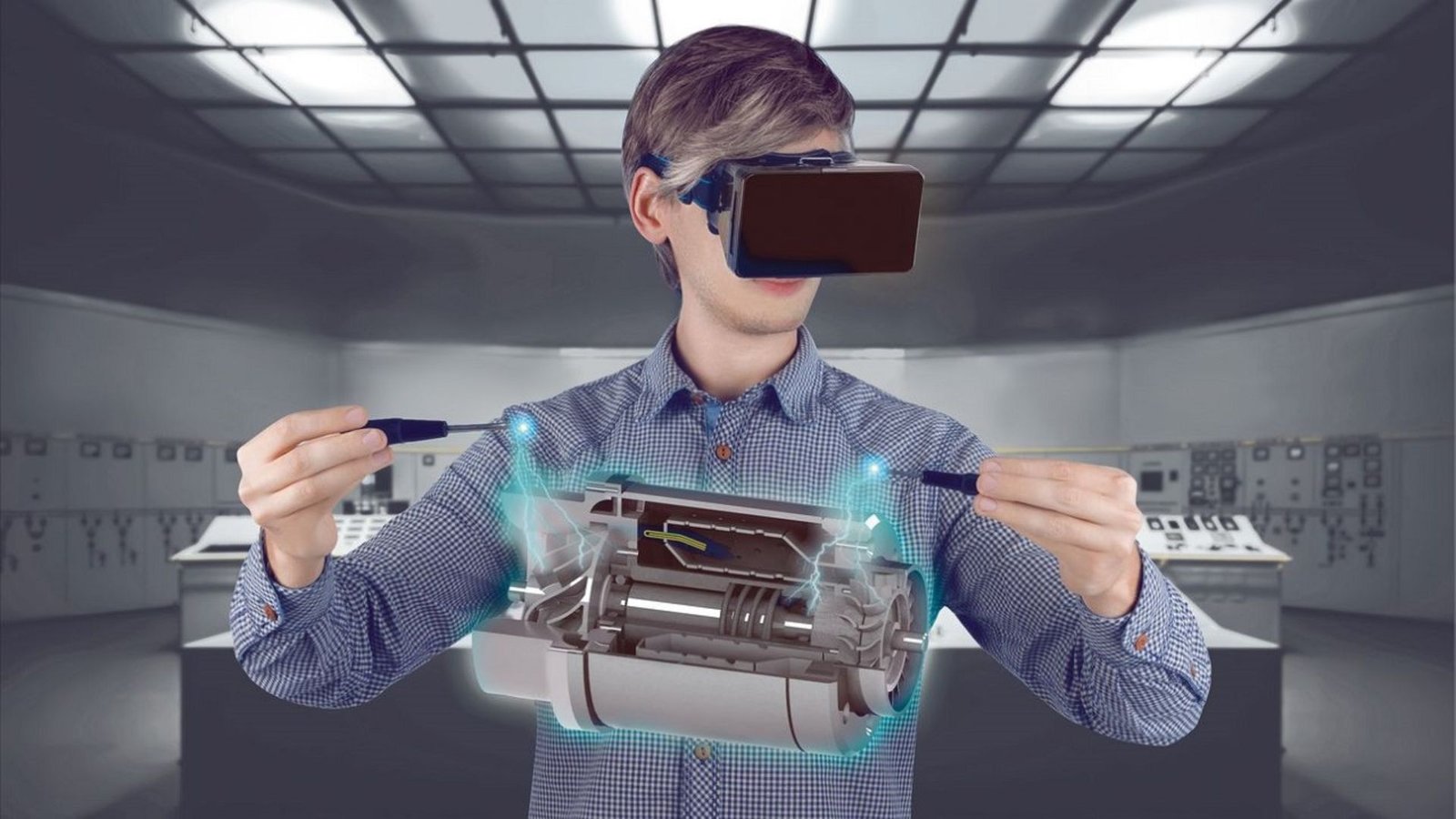Production design plays a vital role in creating visually compelling stories for film, television, and theater. Learning the techniques of production design can transform a basic script into an immersive experience. This article highlights the best resources to help you master production design techniques.

Online Courses
Online courses offer flexible learning options and access to industry experts. Here are some top choices:
a. Coursera
- Course: “Production Design for Film and Television”
- Instructor: Dr. Jonathon L. Smith
- Features: Covers basics to advanced techniques, including set design, color theory, and spatial arrangements.
b. Udemy
- Course: “Introduction to Production Design”
- Instructor: Marc F. Daniels
- Features: Offers hands-on projects and practical exercises for real-world application.
c. LinkedIn Learning
- Course: “Production Design for Film”
- Instructor: Louisa A. Williams
- Features: Focuses on industry standards, tools, and software used by professionals.
Books
Books provide in-depth knowledge and historical context. Here are essential reads for production design:
a. “The Art of Production Design” by Judy A. Johnson
- Overview: Offers a comprehensive look at the role of production design in film, including case studies and interviews with top designers.
b. “Designing for Screen: A Guide to Production Design” by John M. Davies
- Overview: Explores key concepts and techniques used in designing sets and environments for film and television.
c. “Set Design: The Art of Creating Spaces” by Emily R. White
- Overview: Provides practical advice and illustrations on creating effective and visually appealing sets.
Practical Guides and Tutorials
Hands-on experience is crucial for mastering production design. These resources offer practical advice and tutorials:
a. YouTube Channels
- “Production Design Basics” – Offers video tutorials on various production design topics, from set construction to prop management.
- “Film and Stage Design” – Features behind-the-scenes looks at design processes and techniques used in popular productions.
b. Industry Blogs
- “Production Designer’s Toolkit” – Provides articles, tips, and case studies on current trends and best practices in production design.
- “Design for the Screen” – Features insights and advice from experienced production designers.
Professional Organizations
Joining professional organizations can provide networking opportunities and additional resources:
a. Art Directors Guild (ADG)
- Benefits: Access to industry events, workshops, and a wealth of resources tailored to production design professionals.
b. The Production Design Association (PDA)
- Benefits: Offers educational materials, networking opportunities, and industry news.
Software and Tools
Familiarity with industry-standard software is essential for production designers:
a. AutoCAD
- Overview: Widely used for creating detailed blueprints and layouts.
b. SketchUp
- Overview: Provides intuitive 3D modeling tools for designing sets and environments.
c. Adobe Creative Suite
- Overview: Includes Photoshop and Illustrator for designing and visualizing set elements.
Conclusion
Mastering production design techniques requires a blend of education, practice, and industry knowledge. By leveraging online courses, books, practical guides, and professional resources, you can enhance your skills and succeed in this creative field. Use these resources to build a strong foundation and stay updated with the latest trends and techniques in production design.




